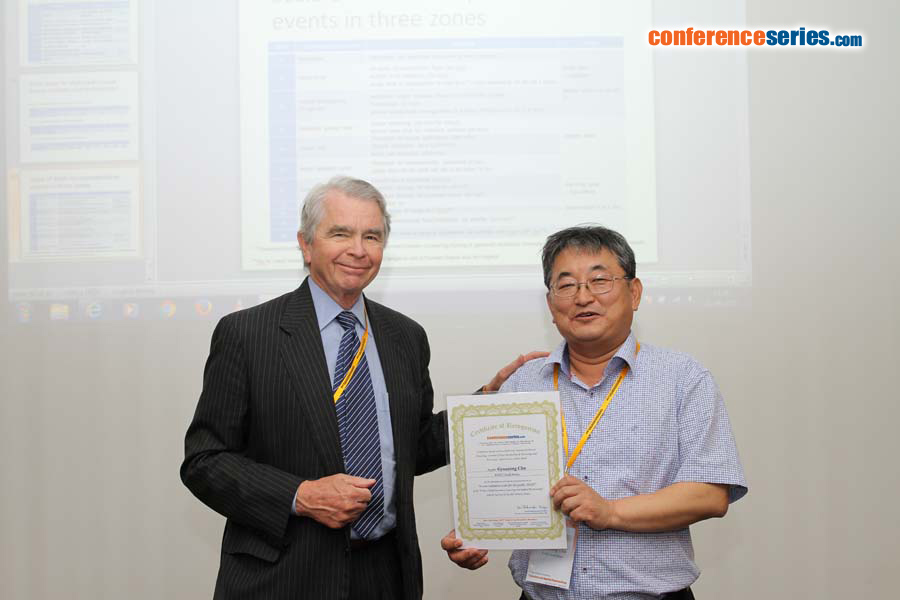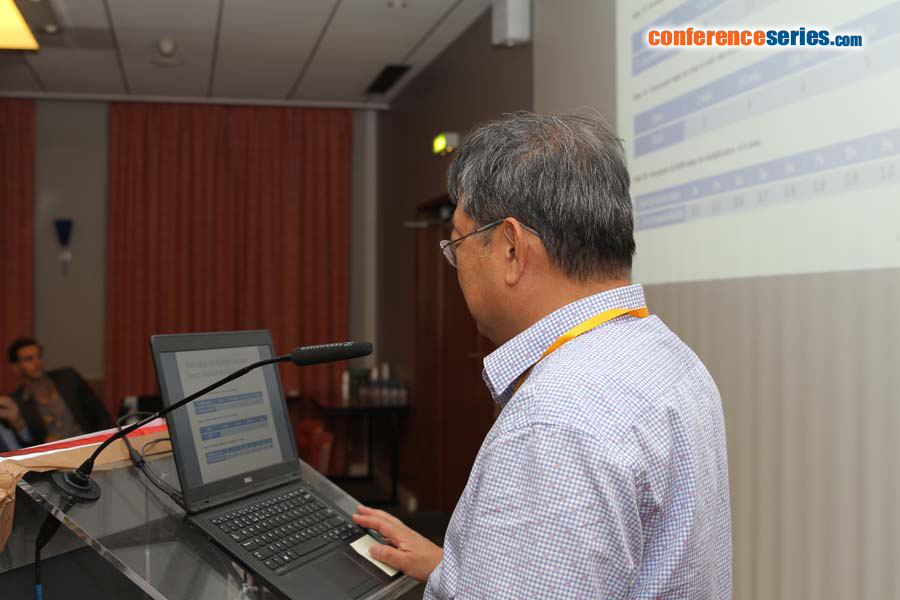
Biography
Biography: Gyuseong Cho
Abstract
We are proposing a new radiation scale, RAIN (radiation index) for the general public who often suffers from misunderstanding and unnecessary fear of the radiation and radiation release accidents. RAIN is defined in dimensionless such as the seismic scale. RAIN is defined to scale the individual accumulated radiation dose originating from an arbitrarily-defined particular event such as a single medical CT examination, an intake of contaminated foods or an exposure due to a certain incident for a certain period of time. The practical range of RAIN value varies from zero to 10. To maximize the simplicity for the general public, the numerical value of RAIN shall retain no more than a single significant digit after decimal point. The reference dose is selected as 10 µSv in a year in this paper, based on the exemption and clearance levels which were suggested by IAEA. Some example values of RAIN are 0.8 for a typical chest X-ray examination (0.07 mSv), 2.9 for a CT examination (7.4 mSv), 3.7 for the maximum annual effective dose limit of a radiation worker (50 mSv), 5.6 for the lethal dose LD50/60 (4000 mSv) etc. As a quick aid for the general public, the last column of Table 1 provides the three zones of RAIN values (Green, Yellow, and Red zones) which are characterized by the degree of severity of radiation exposure. We anticipate that this new definition of RAIN may serve the public and the experts to converse more correctly, easily and fruitfully.
Recent Publications
1.Cho G, Kim JH, Park TS, Cho K (2017) Proposing a Simple Radiation Scale for the Public: RAIN. NET (to be published in April, 2017)
2. BIPM, the International System of Units, Bureau International des poids et measure, 8th Ed., 2006, http://www.bipm.org/en/publications/si-brochure/section2-2.html
3.IAEA General Safety Requirements, GSR Part 3 BSS, 2014




